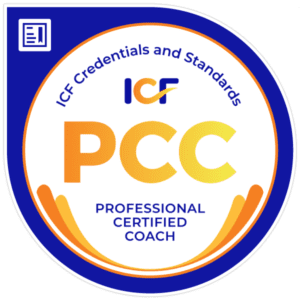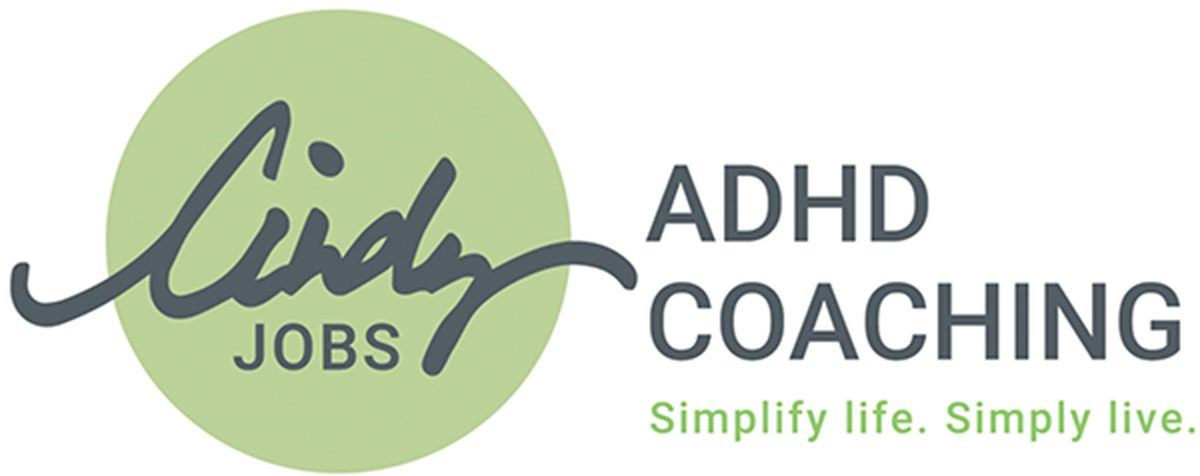We’ve all experienced it at some point: the planning fallacy. This cognitive bias leads us to underestimate the time and effort required to complete tasks or achieve goals. From underestimating travel times to preparing dinner and transitioning between activities, the planning fallacy can wreak havoc on our schedules and lead to unnecessary stress.
Here are some personal experiences of planning fallacy:
Underestimating travel times
I used to go to a dentist in downtown Seattle. On a few occasions, I made the trip door-to-door in 45 minutes. That became my new benchmark. I can not tell you the stress it caused when I encountered heavy traffic or couldn’t find a parking lot, and I hadn’t given myself any buffer time.
And I’m not alone. Whether it’s a short drive across town or a cross-country trip, most of us miscalculate the time it takes to reach our destination. This occurs due to a failure to consider potential traffic, road conditions, and unexpected delays.
Tips for arriving on time:
-
- Always add a buffer to your estimated travel time, up to 50%.
- Check traffic before leaving the house:
- Check traffic updates and plan your departure accordingly.
- Consider alternative routes or modes of transportation to have contingency plans in place.
- Use traffic aids like Google or Wayz. Some apps will even alert you to leave the house if you’ve pre-programmed your arrival time.
- Always add a buffer to your estimated travel time, up to 50%.
Underestimating meal preparation:
During Covid, I consistently ordered HelloFresh dinners. HelloFresh gives estimated preparation times, so the first time it took too long was on them. All subsequent prediction errors for preparing HelloFresh dinners were totally on me. Yet, I still did it over and over again.
Tips to get dinner on the table on time:
-
- Keep it simple. I rarely prepare a meal with more than seven ingredients or steps. Much more than that is too taxing for me and creates stress.
- Start early. A lot of tasks can be done well in advance. For example, the bread can be sliced and ready to pop in the oven hours before dinner.
- Outsource. I once prepared a salad that took four times as long as the recipe indicated because it called for individually preparing five different types of greens. The next time I made the recipe, I purchased a couple of different bags of mixed greens and called it good.
Ignoring Transition Times
I’m embarrassed to admit the number of times I arrive a few minutes late because I don’t plan my transition times accurately. We tend to overlook the time it takes to wrap up one activity and prepare for the next, resulting in a rushed and stressful experience.
Tips to get get a better handle on transition times:
-
- Pay attention to last-minute tasks. For example, before I leave, I need to let Rosie out to prepare her for being locked in the house for a few hours. My “I’m ready to go” to my actual “out the door” transition time is about six minutes.
- Prepare in advance. If you can do it in advance, do it. For example, put keys, wallets, and handbags next to the door the night before. The minutes spent finding lost keys can be the difference between a stressful or peaceful transition.
- Set an alarm. Whether transitioning from one task to another or from one location to another, set an alarm for starting the transition process. Most of us can get distracted and need reminders to make necessary transitions. Alarms will pull us out of our distractions.
What other areas can planning fallacy cause issues?
Project Timelines and Deadlines
The planning fallacy is notorious for affecting project timelines and deadlines. When undertaking a new project, we often underestimate the time it will take to complete each phase, leading to delays and missed targets. Why reinvent the wheel? Consult someone who may have done this task before and get their feedback. Also, break down the project into smaller (small tasks are easier to estimate than big ones) manageable tasks, and estimate the time needed for each. Always factor in unexpected challenges and delays. Regularly review and update your timeline to stay on track.
Home Renovations and DIY Projects
If you’ve ever tackled a home renovation or DIY project, you know how easily the planning fallacy can deceive you. Whether painting a room or building furniture, these tasks often take longer than anticipated. To avoid frustration, consult experts or others who have completed similar projects for more accurate time estimates. Remember to account for learning curves and unforeseen obstacles.
Meeting and Event Planning
Organizing meetings and events can be tricky as they involve coordinating multiple people’s schedules. Too frequently we think “If I’m available, they must be available too.” The planning fallacy can lead to overlapping appointments, lack of preparation, and disorganization. To address this, start planning early, create detailed agendas, share them in advance, and confirm attendees’ availability. Always allow extra time for discussions and unexpected topics that might arise.
Now that we have identified some everyday situations where the planning fallacy can occur let’s explore some tips to plan more accurately:
- Learn from Past Experiences: Reflect on past planning failures and analyze the reasons behind them. Use these insights to make more informed decisions in the future.
- Gather Data: Gather relevant data and information before making estimates. Use historical data, expert opinions, or research to guide your planning process.
- Use the Outside View: Consider similar projects or tasks completed by others to get a realistic perspective. The “outside view” helps you see the bigger picture and avoid biases.
- Create Contingency Plans: Always have backup plans in case things don’t go as expected. Having contingency plans in place will reduce stress and ensure smoother progress.
- Break Tasks Down: Divide complex projects or tasks into smaller, more manageable steps. This approach will make estimating time accurately and staying focused on specific objectives easier.
The planning fallacy is a common cognitive bias that affects us all. By recognizing its presence in various situations, we can take steps to plan more accurately. Whether it’s travel times, meal preparation, transitions, project timelines, or personal goals, applying these strategies will help you avoid the pitfalls of underestimation and achieve greater success in your planning endeavors.
Cindy Jobs, PCAC, PCC
Looking for more information?
Click here for ADHD-friendly Time Management Tools
Click here to schedule a complimentary breakthrough session.
For more helpful information, follow me on Facebook.






